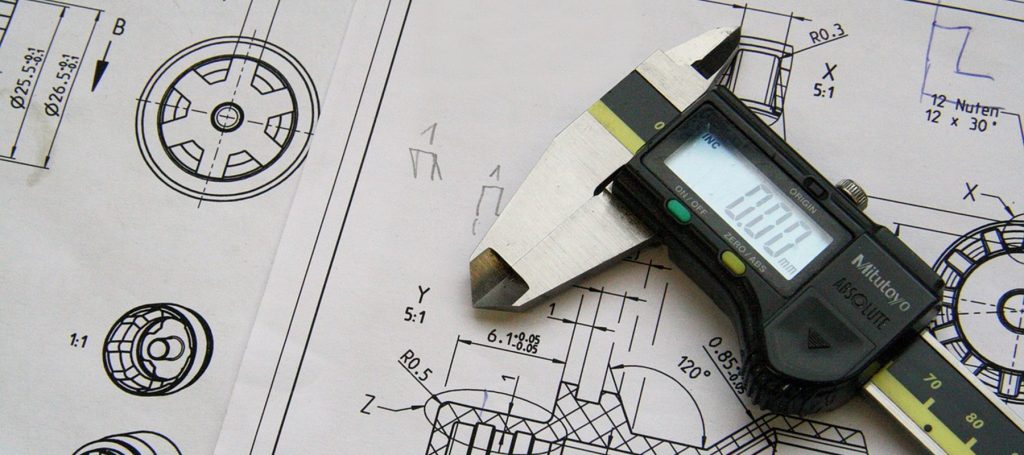

Dimensional Measurement is the branch of metrology (the science of measurement) dealing with the determination of the size and shape of objects. One of the main benefits of understanding dimensional measurement is that it can enable better, more cost-effective measurements in the manufacturing or engineering workplace. The principles of dimensional measurement apply to every stage of the engineering process: design, manufacture, and inspection.
In this training course, learners will be introduced to dimensional metrology, and the importance of good measurement practice and the right measurement behaviours.
This course consists of five modules:
Learners who successfully complete the course and the assessment will receive an NPL Certificate of Completion.
There is a classroom-based version of this course available. Visit Dimensional Measurement User — Classroom for more information.